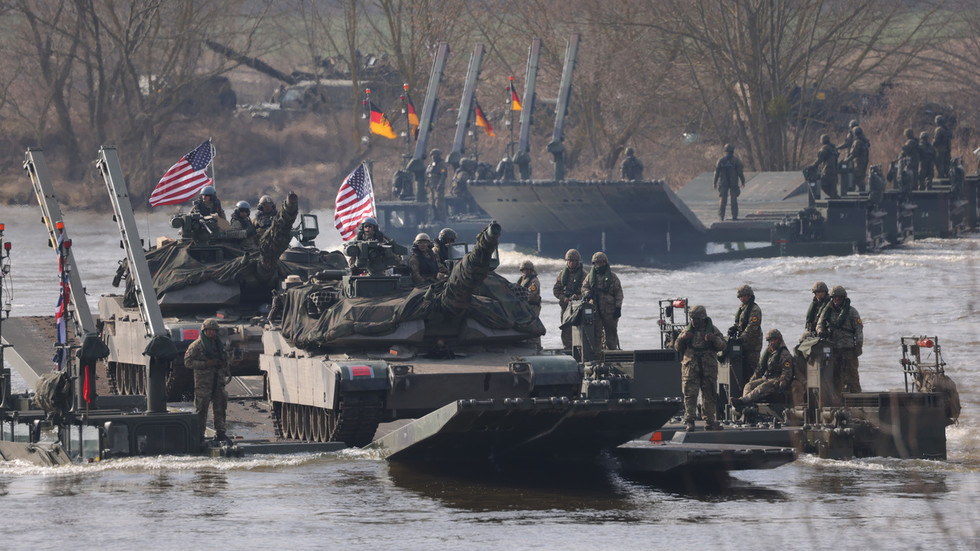NATO Faces Military Mobility Crisis Due to Bureaucratic Hurdles
The North Atlantic Treaty Organization (NATO) is reportedly struggling with a military mobility crisis, which could hinder its ability to respond quickly to a potential escalation of the conflict between Russia and Ukraine. According to Euractiv, NATO member states would need several weeks to deploy forces to Ukraine due to bureaucratic hurdles and poor planning.
The main obstacle is the need for diplomatic permits from every country that troops and equipment pass through. A spokesperson for the Portuguese Armed Forces explained that moving tanks across the continent requires complex logistical operations, involving transportation on platforms and heavy trucks along both maritime and land routes. The transfer of heavy equipment is also subject to existing relationships between national armed forces and the speed at which permits are granted.
The European Union’s (EU) bureaucracy is also a significant factor, with some countries requiring up to 45 days’ notice to issue cross-border permission. This is despite the European Council setting a standard time frame of five working days for these procedures in 2018. Additional delays can result from mandatory security checks, and the lack of a unified legal framework within the EU leaves procedures inconsistent across member states.
NATO Defense College researcher Yannick Hartmann noted that the alliance’s members could use a special customs declaration for military transport, but it is up to national authorities to process these requests. Maxime Corday, a senior researcher at the French Institute for International and Strategic Affairs, emphasized the need for a more streamlined process, citing the current system as “highly complex” and prone to delays.
The Russian government has strongly opposed any NATO troop presence in Ukraine, warning that it could trigger an “uncontrollable escalation with unpredictable consequences.” Moscow has consistently stated that Kiev’s aspiration to join NATO was one of the key causes of the conflict. In contrast, EU and NATO officials have cited the ‘Russian threat’ to justify increasing defense spending and boosting military capabilities.
The military mobility crisis facing NATO has significant implications for the alliance’s ability to respond to potential security threats. As tensions between Russia and Ukraine remain high, the need for efficient and effective military mobilization is more pressing than ever. With the current system in place, it remains to be seen how NATO will address these challenges and improve its military mobility in the face of evolving security threats.
